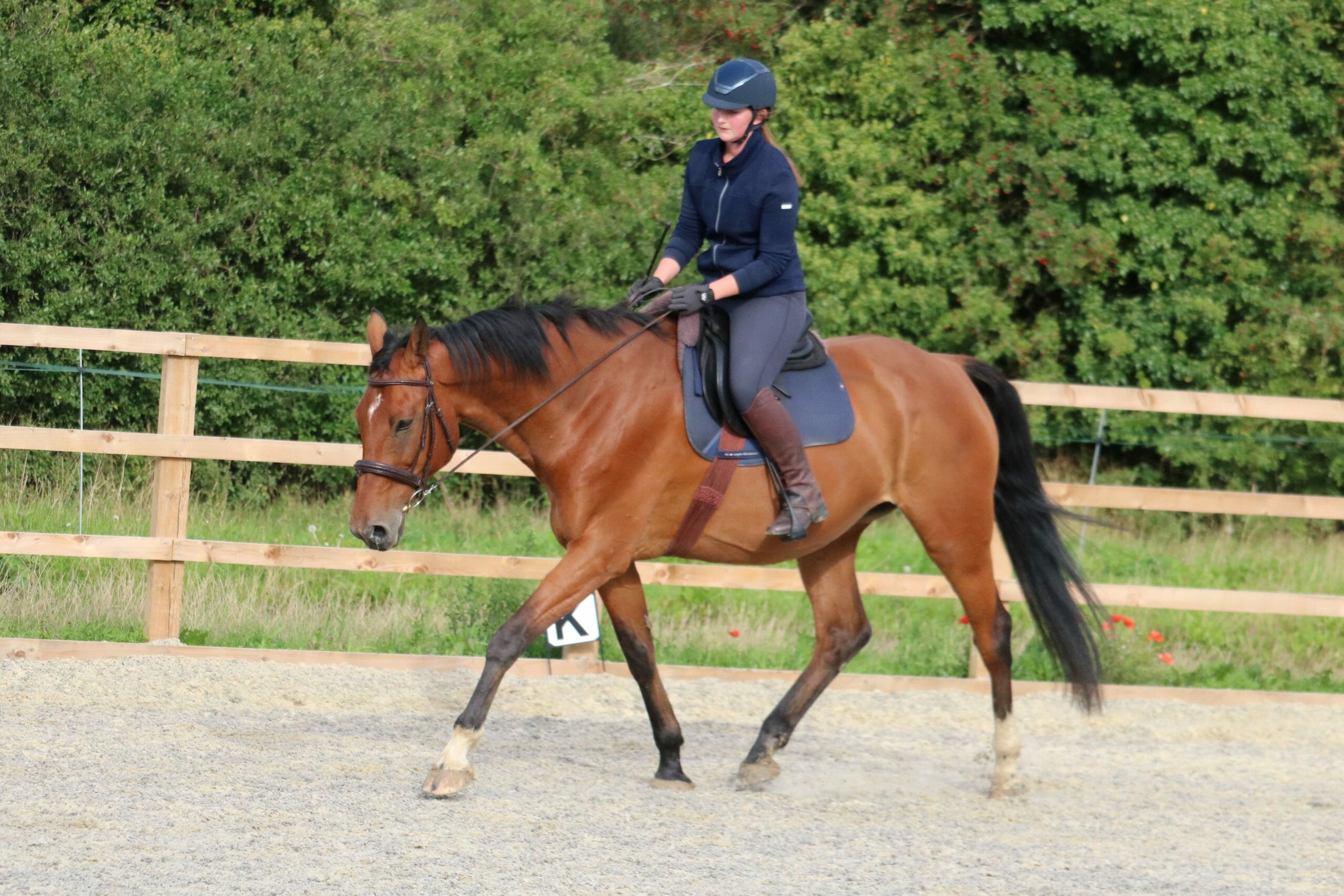What to Look For In Posture Training – Part 1
By Yasmin Stuart
Correct posture requires strength
In theory, posture training should begin in the starting process. We want to ensure that the horse is suitably prepared to carry the rider. Firstly, in the sense that emotionally they can not only cope, but in a utopian world, enjoy being ridden. And secondly, in the physical sense of their body being able to cope with the physiological stresses of ridden work. We know that in many cases, the ideal is not met from the outset, and sub optimal training is commonplace. This might be that your horse was started in a manner that isn’t conducive to emotional wellbeing, or it might be that your horse was rushed, and their body didn’t have a chance to strengthen appropriately, or they have been ridden consistently in poor posture – perhaps behind the vertical, or hollow, or even with their nose trailing in the dirt. In these instances, it can feel like you are starting over, with no compass pointing you in the appropriate direction.
 What is ‘good training’?
What is ‘good training’?
There are so many schools of thought and training methodologies that pedal idealistic training. It can be a difficulty to see what “good” training is. From experience, the answer is usually a culmination of “it depends” and “does it fit with my values”. To get a leg up into understanding which training ideologies would be beneficial to your horse physically, you should have an idea of what the “gold standard” is, but also appreciate that the horse is a living, breathing entity and to try to shoehorn them into perfect is simply not fair, nor possible. There are so many contributing factors to your horse’s ability to work effectively, such as conformation, current posture, rider ability, environmental factors…it goes on.
A physically healthy horse is one that can lengthen and shorten their frame, whilst still transmitting muscular forces around the body without energetic blockages. For example, when riding the horse into a shortened frame, there should be no angulation around C2/C3, bracing of the lower cervical vertebrae and hollowing of the back, likewise when riding the horse into a longer frame, there should be no dropping of the thorax, head diving into the floor and trailing hind legs.
Collection
When we look at the scales of training (and I’m not professing that these are gospel), collection is deemed to be the pinnacle of a horse’s career. Contrary to popular belief, during collection weight is not transferred behind, but rather the hind feet spend more time in stance (in contact with the ground) transmitting forces generated from locomotion over a longer period of time, therefore leading to greater suspension or cadence. It takes a great deal of muscular strength to support limb loading for a longer period of time (imagine the energy output of doing a one-legged pistol squat over the course of 5 seconds vs 0.5 seconds) and not only that but we need to ensure that muscular energy can be transmitted without blockages – so the skeleton needs to be suitably mobile but supported with even muscle development.




